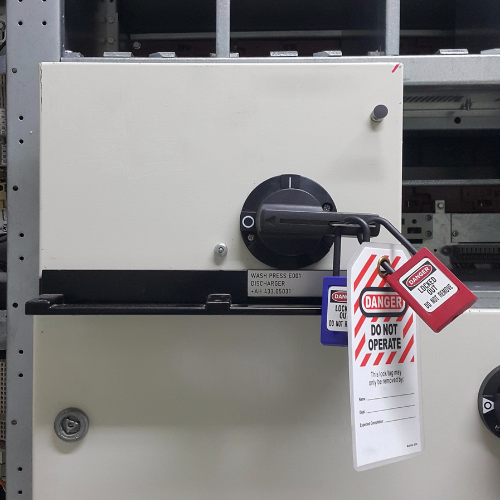Energy Isolation is the modern codified term for common lock-out tag-out procedures but has been made more global to include isolation of all energy forms. Every day, millions of workers come into contact with some type of hazardous energy. Tasks that may expose workers to hazardous energy include servicing, inspecting, testing, or adjusting equipment. The main cause of injury is contact with high levels of uncontrolled energy. In order to prevent injury, you must understand the dangers and know how to control hazardous energy at its source. This course has been designed to help you meet regulatory and government requirements.
This is a two hour online course.
Upon completion of this course you will be able to:
- Identify types of hazardous energy
- Describe the hazard assessment process
- Identify techniques to control hazardous energy
- Define energy isolation, securing and verification
- List the company specific process for dealing with hazardous energy
- Describe the requirement to control hazardous energy
- Describe the control process for hazardous energy
- Define acceptable and not acceptable energy isolation devices
- Describe the process for securing and verification
- List four types of isolation and securing procedures
- Describe the reactivation of equipment process
- Describe the process for each type of isolation and securing procedure
 Cart is empty
Cart is empty 



